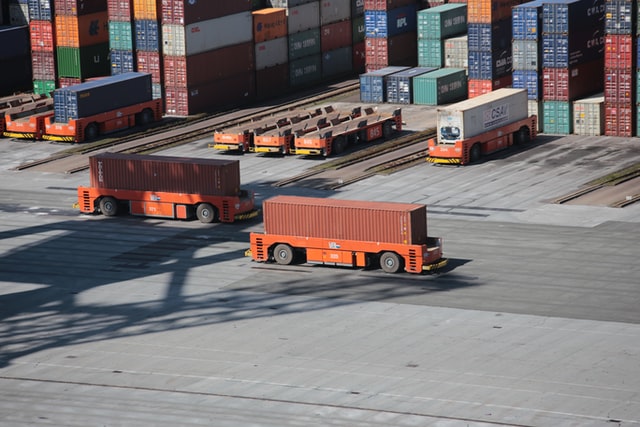 The global sea freight forwarding market saw a 7.6% contraction in the first half of 2020 than when it began the year due to the impact of the COVID-19 crisis, according to market data from Transport Intelligence (Ti).
The global sea freight forwarding market saw a 7.6% contraction in the first half of 2020 than when it began the year due to the impact of the COVID-19 crisis, according to market data from Transport Intelligence (Ti).
Over the course of 2020, the sea freight market is seen to lessen the fall to 6.4% for the full-year projection. Sea forwarding has seen stable and steady growth over the last decade with expansion rates in around the mid-single digits. Growth was also positive in 2019 despite headwinds from a growing wave of protectionist policies on key east-west trade lanes.
READ: Global freight forwarding market to contract 10.2% this year
READ: Global air freight forwarding falls 15.3% in H1
Looking at the three largest regions, the Asia-Pacific region saw its sea freight forwarding market shrink 7.3% in the first half of the year. Over the full year, the region’s market is forecast to contract 5.3% to mark the first year of contraction in over a decade.
China, triple the size of the region’s second largest sea forwarding market, looks set to power a stronger H2 with port throughput volumes moving back to positive territory. However, given the extent of the shutdowns in the first half of the year, even China is expected to see a full-year contraction in its sea freight forwarding market size.
The North American market fell the sharpest, contracting by 9.1% in the first half. Port volumes in the US alone were down more than 10% year-on-year in the first six months of 2020. There are some positives beginning to shine through for the remaining months of 2020—TEU volumes from 10 major Asian export markets to the US were the highest on record during August at 1.675 million.
In Europe, the world’s largest sea freight forwarding region, growth was negative at -7.8%. Spain, Italy and France were the most severely impacted with each recording double-digit contractions in H1 2020. Volume performance at Europe’s major ports has been mixed. In Q1, the volume of containers handled at Hamburg fell by 6.6% year-on-year, to 2.2 million TEUs. In contrast, it’s rival container terminal in Antwerp fared better with a 9.5% rise in container volumes and despite also suffering from a fall in trade from China.
With the significant disruption as a result of the crisis, sea carriers blanked sailings on lanes where volumes collapsed, tightening capacity and pushing up rates. These higher prices were passed on by carriers, providing a boost to revenues.
Looking ahead, Ti said the return of capacity to the market will be a key feature of rate and market development over the second half of 2020 and beyond. Sea forwarders and their shippers are placing increased pressure on carriers to reinstate structurally blanked sailings as manufacturing and consumer demand gains strength globally.
Photo by Bernd Dittrich on Unsplash





